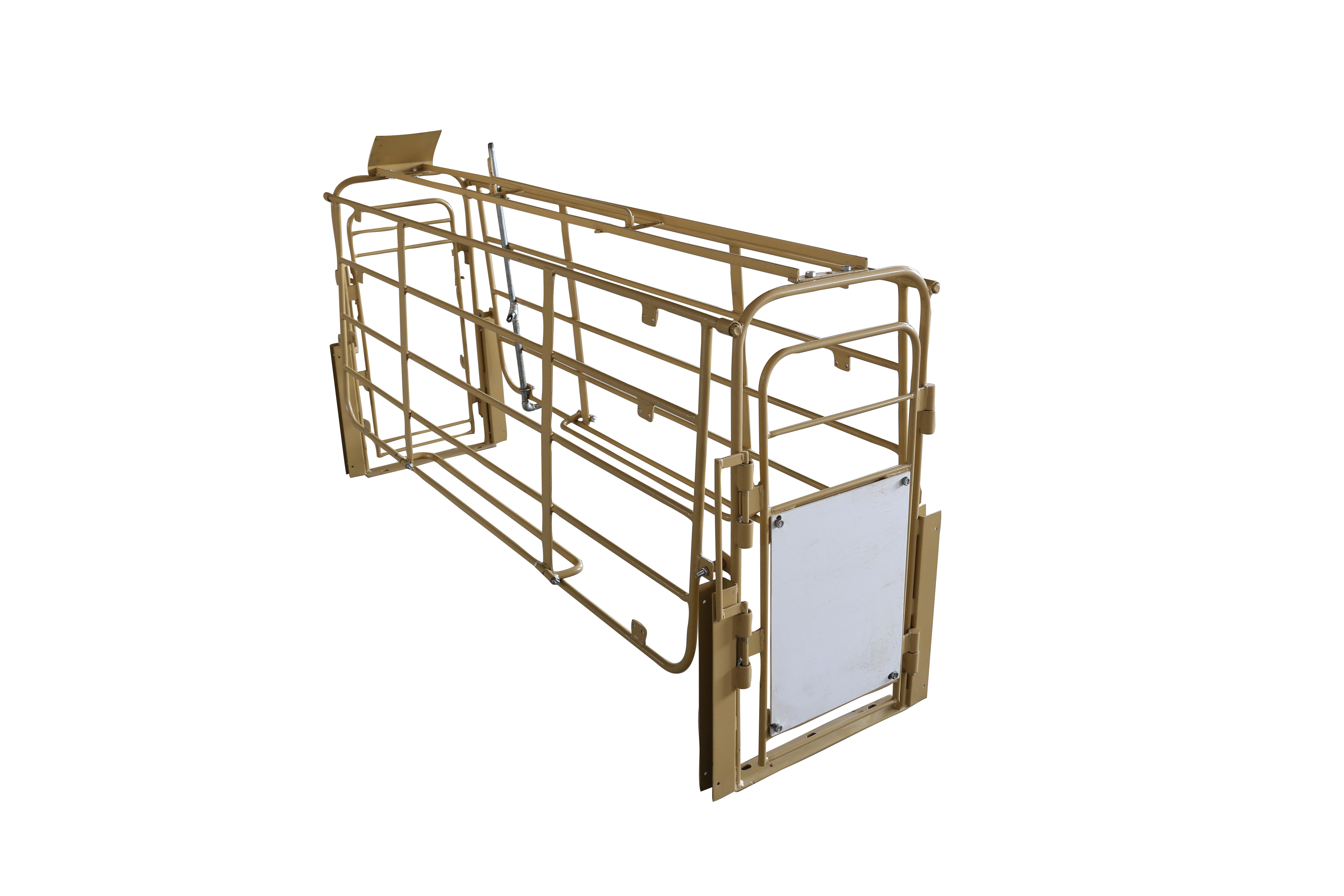To do a good job of anti-season eggplant cultivation, we should grasp the following technical aspects. First, timely sowing. Use varieties with high temperature and disease resistance, such as gold eggplant l and so on. Sow after 4 o'clock in the afternoon in early July in sunny weather. 667 m2 with 6 grams of seeds, sowing seeds should be placed in 50-60 °C hot water before stirring until the water temperature has reached 30 °C, and then soak for 8 to 10 hours. The seedlings should be fine and fine, 2 days before sowing, 667 m2, 100 pounds of human excrement should be poured as base fertilizer. When seeding, the seedbeds should be poured into foot water and covered with a layer of dry fine soil, and then the seed mixed with fine soil. Immediately after sowing, cover 0.5 centimeters of fine soil and then cover with a layer of husks to prevent high temperature drying in July and finally watering to lower the soil temperature. Second, seedling management. From the first 20 days after sowing, water is sprayed every day at about 4:30 pm to reduce the soil temperature and prevent seed drying. When the emergence is about 0.5 cm, it is selected at 8 am. Lift off the grass covered in the cocoon and hang it on the cocoon. The height of the coop is 25 centimeters. Cover the top of the plant with the straw covered with straw, and spray 50% carbendazim 500 times to control the small planthopper and blight of eggplant seedlings. Pay attention to keep the soil temperature. Since the watering temperature is easy to root out and form tall seedlings, it must be cultivated. When the seedlings were lifted off, the sheds were lifted off and the seedlings were eliminated. The young seedlings and deformed seedlings were eliminated. The principle of no crowding and no shade was kept. After 1 month, thin human urine was applied as a top dressing in the evening. Third, timely transplant planting. When the seedling age is about 40 days, it can be transplanted and planted. Eggplant seedlings with large leaves, strong transpiration, in principle, not seedlings, selected in the evening at 4 o'clock, the first seedbed water drenched, lifting with soil, seedlings together to set the column. Three days prior to transplanting, Daejeon was dressed and applied human urine as basic fertilizer. Daejeon is 20 centimeters high, about 1 meter wide, 2 rows planted, 50 centimeters of plant spacing, one hole and one plant, and the hole can be digged deeper, with 667 meters 2 planting about 3,000 trees. After the planting, the root water was poured in time, and on the second morning, the green leafy branches were cut and shaded around the eggplant seedlings, and watered in the evening to see the soil temperature: the third day morning, the second day was withered. Branches new. For 3 days in a row, on the 4th day, the masking material was removed, and the urine was poured and dilute human urine to colonize. Fourth, Daejeon management. Before the eggplant results need less water and fertilizer, the results need more water and fertilizer, when the door eggplant (the first flower of the fruit) flowering, the appropriate water control seedlings, to promote the root system to the depth of development, can also be combined with cultivator, the depth of 7-10 Centimeters, keep loose above, every 10 days before proceeding to the second time. The door tomato went to the seedlings at the end of the blink period, timely watering, fertilizer with water, 667 meters 2 chase human urine 500-1000 times liquid. Prevents virus damage, brown leaf disease and aphids. After that, water and thin human excrement are poured every 5-7 days depending on the weather and plant growth. After the eggplant is sealed, it is necessary to carry out proper pruning to pick up the leaves. Every useless side branch sprouting out of the old leaves or diseased leaves and the lower leafhoppers of the door should be promptly removed to reduce nutrient consumption. V. Timely harvesting. The eggplant will be harvested in about 40-50 days (late September). The white or pale green zone where the eggplant eye is connected to the fruit is not noticeable or disappearing and should be promptly collected. The harvest was selected in the morning, and the eggplant was fullest at this time, with the most brilliant luster.
The farrowing stalls are made of high-quality stainless steel solid rod and use fully automatic welding technology. The biggest advantage of The Solid Rod Farrowing Stalls is its unique hygiene properties. Slats flooring can be laid so it is easy to clean. Special attention was paid to the fact that there were no any accumulation zones on the surface of the fram removable alatted flooring. Partitions are made of PVC sheets for easy removal and replacement. The farrowing stalls' surface can be painted or hot-dip galvanized according to customer's needs. The edges of The solid rod farrowing stalls are rounded and smooth, designed to prevent damage to pigs. We promise that our solid rod farrowing stalls can be used for 15-20 years. The size of the product and the process can be changed, at the same time, we can also according to the buyer's special requirements for production, according to the drawings for production.


Solid Rod Farrowing Stalls
Solid Rod Farrowing Stalls,Solid Rod Farrowing Stall For Pig Farm,Welding Solid Rod Farrowing Stall,Steel Solid Rod Farrowing Stalls
HuangHua FengYi Honde Metal Factory , http://www.farrowingcratesfromchina.com

